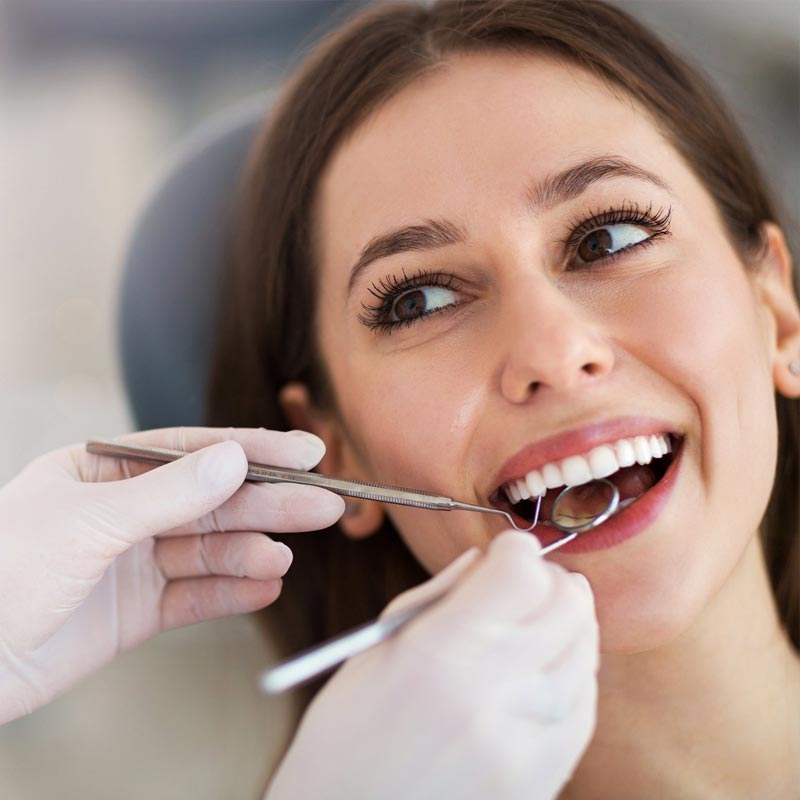General Description:
Wart treatment aims to remove or reduce warts caused by the human papillomavirus (HPV). Warts are benign skin growths that can appear on various body parts. Treatment can vary depending on the type and location of the wart.
Indications:
Treatment is indicated for individuals with warts that are painful, cosmetically bothersome, or spreading. It is also recommended if other methods have failed or if warts are multiplying.
Methods:
- Description:
There are several methods for treating warts, including topical therapies, cryotherapy (freezing), laser therapy, electrosurgery, and surgical excision. Each method has its own approach to destroying or removing wart tissue. - Procedure:
- Topical Therapies: Application of creams or solutions containing salicylic acid or other substances to soften and remove the wart tissue.
- Cryotherapy: Freezing the wart with liquid nitrogen to destroy the wart tissue.
- Laser Therapy: Using a laser to target and remove the wart.
- Electrosurgery: Using an electric current to burn and remove the wart.
- Surgical Excision: Surgically cutting out the wart, usually under local anesthesia.
- Advantages:
- Effectiveness: Many methods offer high success rates in removing warts.
- Variety: Different methods allow for selecting the most suitable technique based on wart type and location.
- Speed: Some procedures, such as cryotherapy, often show quick results.
- Disadvantages:
- Pain: Some procedures, especially cryotherapy and electrosurgery, can be painful.
- Side Effects: Possible skin irritation, redness, or scarring.
- Cost: Costs can vary depending on the method and number of treatments.
- Recurrence Risk: Warts may reappear if the virus is not completely eradicated.
Conclusion:
Wart treatment offers several effective methods for wart removal. The choice of the appropriate method should be made in consultation with a dermatologist to achieve the best results and minimize potential side effects.

